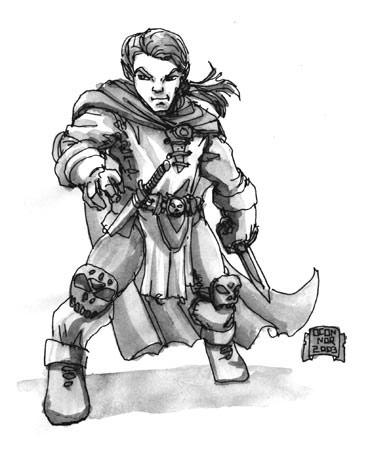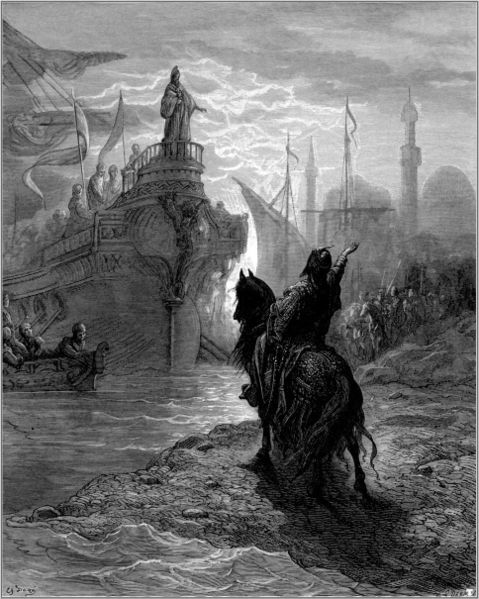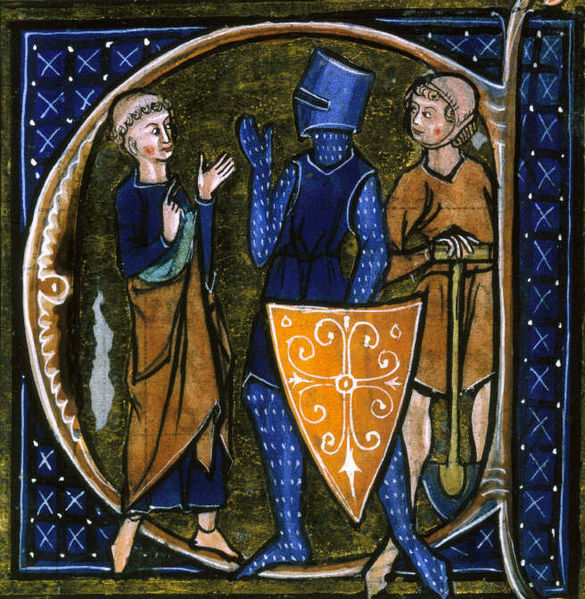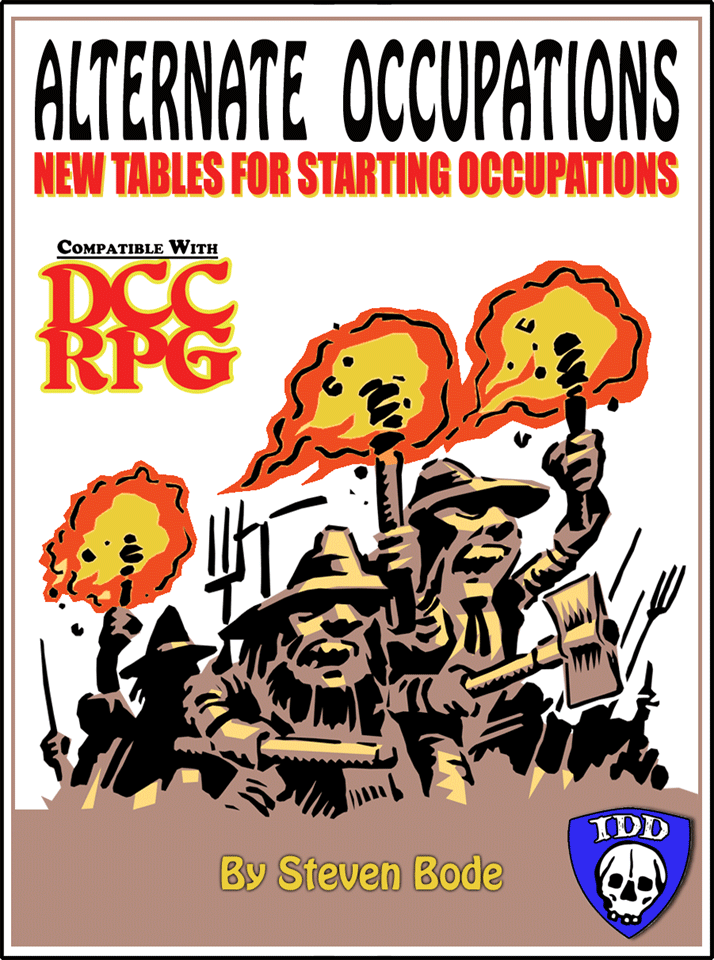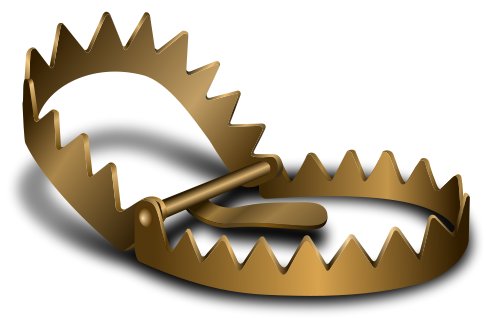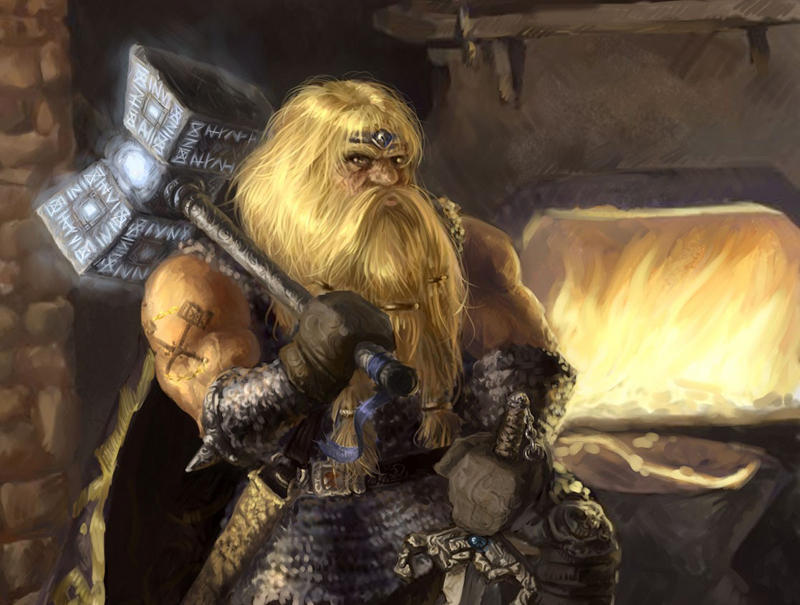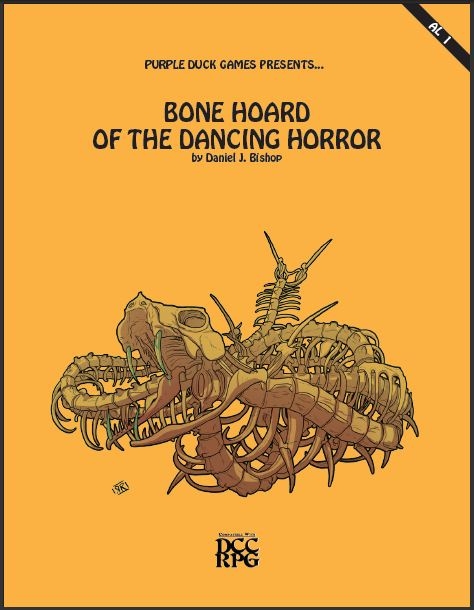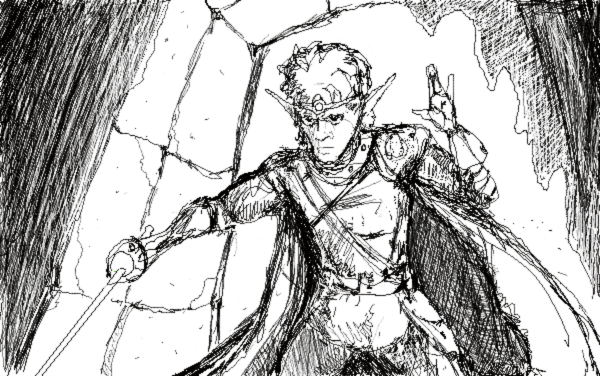 We are in the home stretch now for my weekly series of looking at each of the Dungeon Crawl Classics RPG character classes a little closer. The Iron Tavern is down to just the Halfing, the Wizard and the Elf left for further review. In previous weeks we have looked at the Warrior, the Thief, the Dwarf and the Cleric.
We are in the home stretch now for my weekly series of looking at each of the Dungeon Crawl Classics RPG character classes a little closer. The Iron Tavern is down to just the Halfing, the Wizard and the Elf left for further review. In previous weeks we have looked at the Warrior, the Thief, the Dwarf and the Cleric.
This week I put up a poll and let the readers decide which character class to look at this week. It was a close race between the Halfling and the Wizard for most of the polling period. In fact, I had planned to close the poll at 5pm on Wednesday but the two classes were tied! I ended up extending the poll another four hours for last minute voting. The Halfling pulled it off, bringing in 48.15% of the vote!
The Class
The Halfling is a creature of comfort in Dungeon Crawl Classics RPG. Typically found in country environments and preferring peace and quiet. Halflings generally seek to avoid interacting with the “tall folk” unless some need drives the need for interaction. They prefer a life of simple crafts – gardening, farming, trinket making and such.
The adventuring Halfling is frequently one that is a trader, necessitating the need for contact with the “tall folk” or a Halfling that has fallen out of graces with his Halfling community. Even then the intrinsic desire for community and family tend to keep their alignments in the Lawful side of things, with the rare case a Neutral alignment. Chaotic Halflings are quite rare, though not necessarily unheard of.
Halflings are of small size ranging in size between two feet and four feet with a smallish hit die of a d6. This small size do get Halflings a bonus on stealth checks allowing them to add a bonus that progresses as their character level increases. Halflings do get infravision, though not to the range a dwarf character has. The movement for a Halfling is at a 20′ rate as well.
One of the class features a Halfling receives in DCC RPG is the ability to wield two weapons effectively regardless of the character’s Agility score. A Halfling is always able to wield two weapons and only suffers a -1 die penalty (i.e. they roll d16 on both attacks instead of a d20). A Halfling is able to fight with two equal-sized weapons, so you can play a dual short sword wielding Halfling if you wish. Another fun perk is that the Halfling only fumbles if both rolls come up 1.
The Halfling also has an ability known as the ‘Good luck charm’. Halflings are able to make use of luck in several more ways than a typical DCC RPG character. First, a Halfling receives a bonus of 2 for every point of luck spent as opposed to a one-to-one ratio. Halfling’s also have the ability to recover luck, similar to a Thief. Each night a Halfling can recover luck equal to the Halfling’s level.
And finally, because Halflings are so lucky they can spend luck to aid other party members. The only requirement is that the person the Halfling wishes to aid must be visible and nearby. Only one Halfling per party can act as the luck charm of the party.
My Impression
The interesting portions of the Halfling to me rest mainly in the ability to use two-weapon fighting easily and their ‘good luck charm’ mechanic.
Two-weapon fighting granted as a class ability is quite fun. Granted you have to roll d16’s when attacking with two weapons, but that is not a horrible penalty. For some reason a Halfling fighting with a pair of daggers or short swords just feels right to me. It also gives a small statured Halfling some form of being capable in combat.
The luck mechanic for the Halfling is also a great boon for the class or even any adventuring party that includes a Halfling. One thing to remember is that the decision to expend luck can be made after the initial roll has been made. With a Halfling that can recover luck on a nightly basis, that is fairly significant and greatly improves the Halfling’s odds of survival given their slight stature.
Couple this with their ability to not only spend luck at a 2 for 1 ratio, they can also aid other party members as needed. A Halfling in the party could really affect the survivability of certain encounters if the Halfling party member can spend luck to help boost some of their rolls.
The Halfling in DCC RPG might be underestimated as a character class. I think DCC RPG has done a good job of making the Halfling a viable character race. Between two-weapon fighting and the incredible luck mechanics the Halfling can really help turn the outcome of an encounter in this game.
I think the one thing that could make the Halfling a little better in DCC RPG is to allow them to pick up some basic Thief skills. I do not know why, but when I think Halfling I always tend to think of a small, agile thief type character.
So… How does the Halfling work in actual play? I judged a game with a Halfling and the player seemed to have a great time with the character. The most memorable moment of a game with a Halfling in it was the “rolling ball of Halfling death”. With two-weapons the Halfling chose to roll out past a shield wall and amidst the middle of some attacking rats. While luck did not really come to play that round, it certainly could have and exemplified the possibilities for this character class.
Once again, despite sounding like a broken record, I think Dungeon Crawl Classics has hit the essence of a character class quite well with the Halfling character class. While I do think some thieving type skills might put it a little more on the mark, the class is still fun to play and is certainly in the ballpark as to how I think playing a Halfling should feel.
Addendum
Next week is Gen Con week. While The Iron Tavern’s Gen Con plans are up in the air, I will likely skip next week in my look at DCC RPG character classes since I suspect a lot of my readers will be at Gen Con. I will continue my look at character classes on Friday, August 24th with a look at the Wizard!

